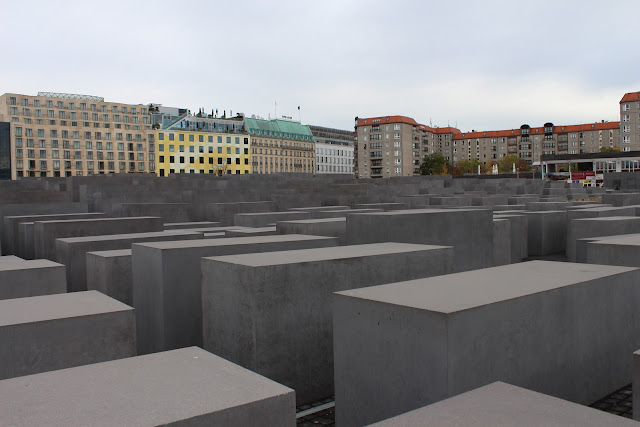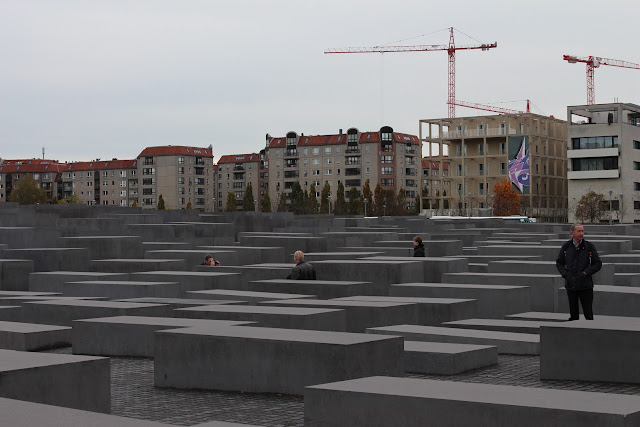Expats can be difficult to buy for - we have to carry everything across the world in a suitcase so it can't be too big or too heavy. Electronics can be finicky and what is useful in one country, may not be in another. On Monday, I shared a map that I had made tracking our expatriations as I thought it would make the perfect gift for the expat or traveller. I thought I'd share another gift that is a luxury both Joe and I have appreciated over the last year or so.
When we move overseas, we leave behind important things like family & friends and jobs and hobbies but we also leave less important things behind like TV. Watching our favourite TV shows helps us to feel connected to our old lives and a lot of the time, those programs are not accessible in the country we're living in. Enter the WD Live.
Our good friend, Mike, gave this to us for our wedding and it has made all of the difference. It connects directly to the TV, sort of like a DVD player, but instead of inserting a disk, we keep a hard drive full of TV shows and movies connected to it. It also has the capability of streaming Hulu or Netflix directly through it. Gone are the days of hovering over the tiny computer screen watching your favourite shows and no more stringing cables from the TV to the computer. The WD Live does it all for you.
In other good news, it works with both 110 V & 220 V so all you need is a small adapter to plug it in and it's super compact and lightweight meaning it won't take up too much room in your suitcase if you're lucky enough to find one under the tree.
Image above taken directly from the WD Live website.





















































